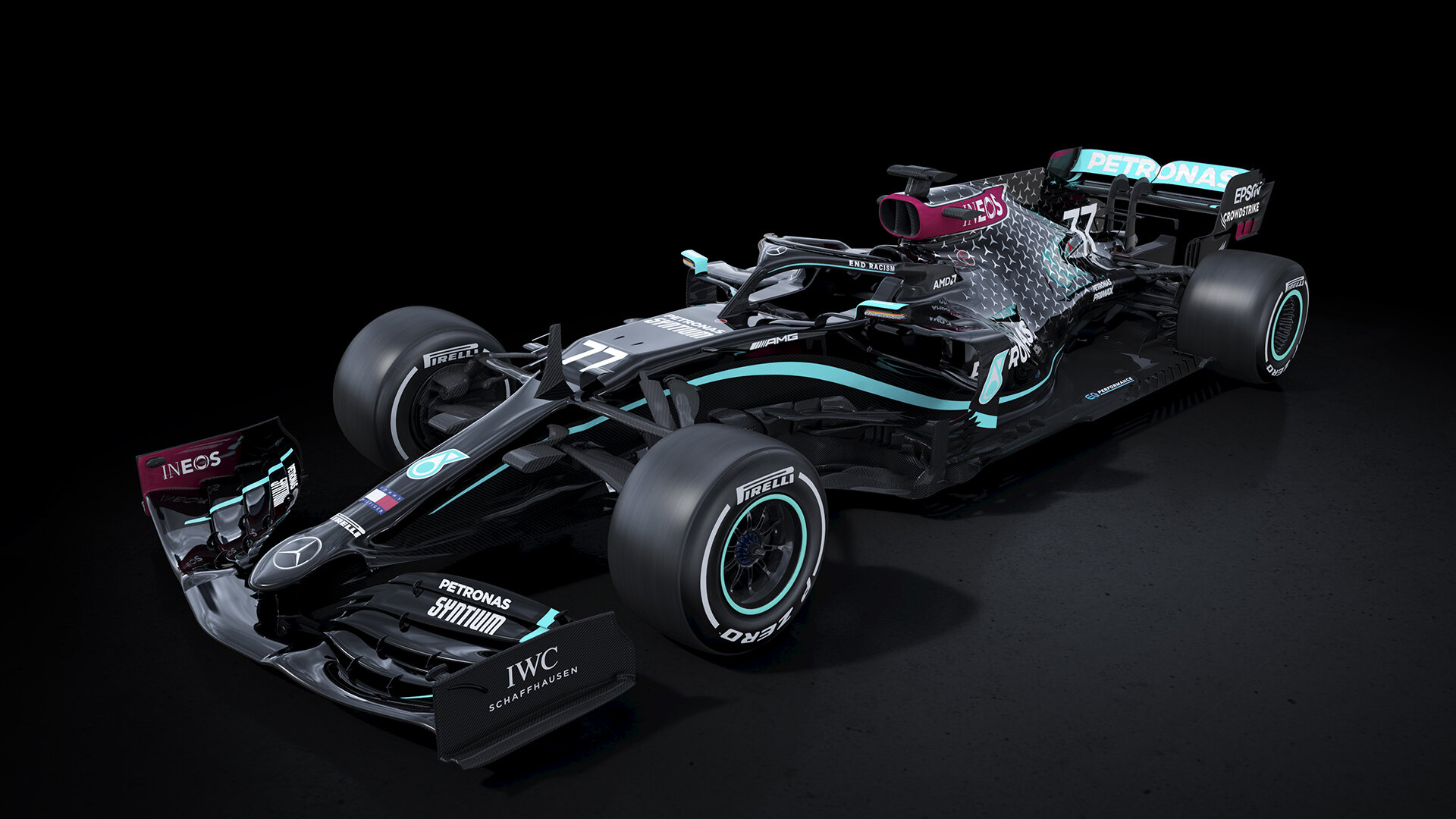The Growing Trend of Replacing OEM parts with 3D Printed Parts
For various reasons, original equipment manufacturers (OEMs) are not always the best source for replacement parts. A growing number of people and companies are looking to 3D printing as a way to replicate parts that they otherwise would struggle to procure. This is especially true in the automotive, construction, and hardware technology industries.
3D Printed Buildings: Boom or Bust?
While there are some clear near-term drawbacks to 3D printing structures, much can and will be improved or eliminated through continued innovation. The speed at which buildings can be erected using far less manual labor clears two major drawbacks of conventional construction. Beyond 3D printing concrete structures, there are still plenty of other existing applications for the technology within the architecture, engineering, and construction industries.
Restoring and Recreating Unique Objects with 3D Design
Prototyping is the iterative process used by product designers to create new parts and inventions, and it's also what 3D printing is most well-known for. However, 3D printing is also extremely important to the restoration and recreation of old and existing parts. Thanks to the help of 3D scanning technology, architects, engineers, scientists, doctors, historians, archaeologists, and beyond are now able to create near-perfect 3D printed replicas of almost anything. Existing and emerging 3D technology is working hard to preserve history and in some cases, save lives.
How 3D Printing Can Help Make Production More Sustainable
We live in a world that demands affordable products on a rapid timeline. We are also increasingly seeing more demand for sustainably produced products. It is difficult to reconcile these two seemingly contradictory requirements. However, additive processes such as 3D printing are offering up resource-saving solutions that are changing the game. Here are some of the ways 3D printing can help make production more sustainable.
10 Innovative Uses of 3D Printing
Could you be 3D printing? The technology is sometimes viewed as a process that’s exceedingly futuristic, technical, and niche. As a result, many people shy away from considering its applications for themselves or their business. This article presents 10 real-world applications of 3D printing across various industries.





